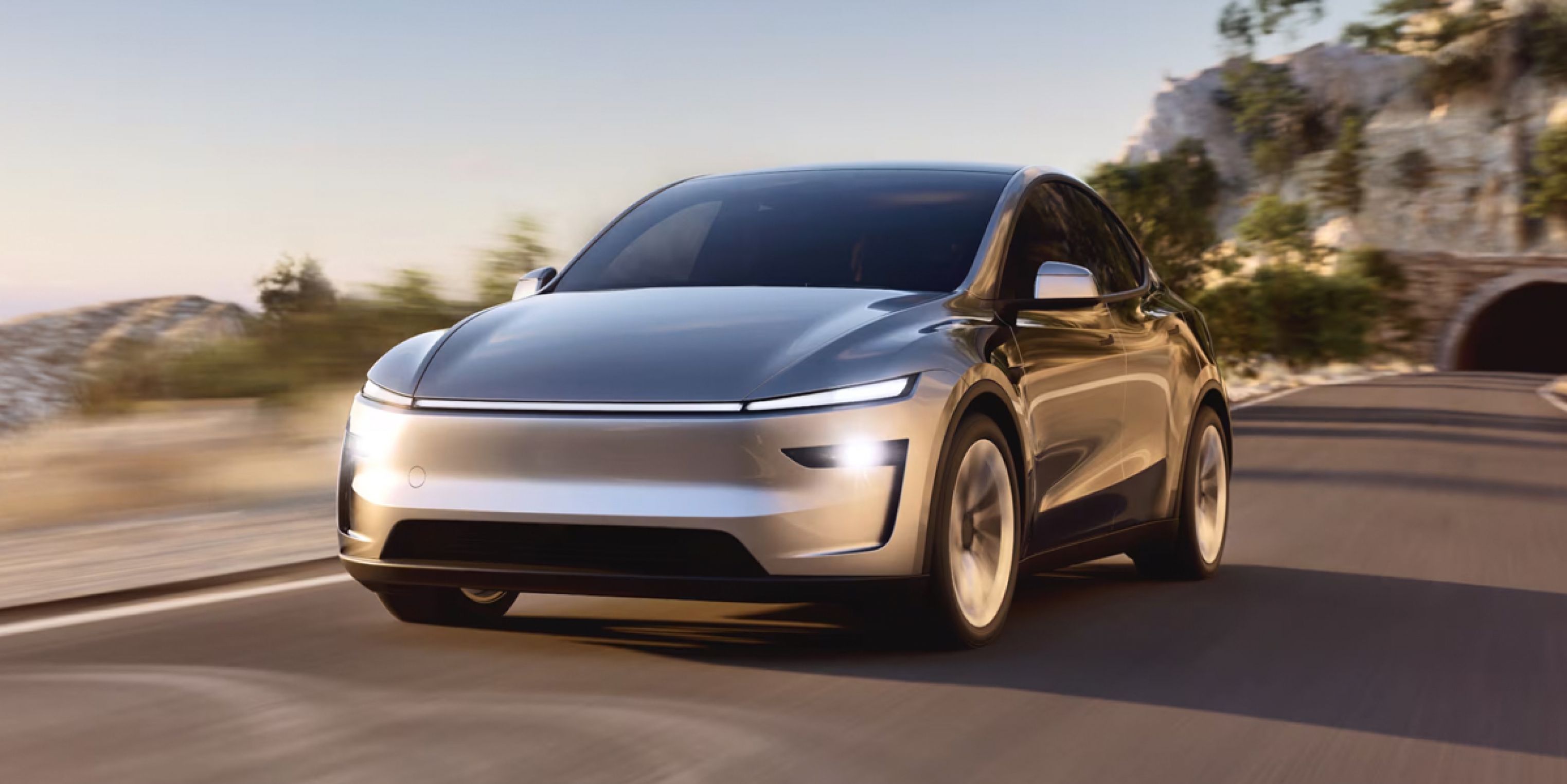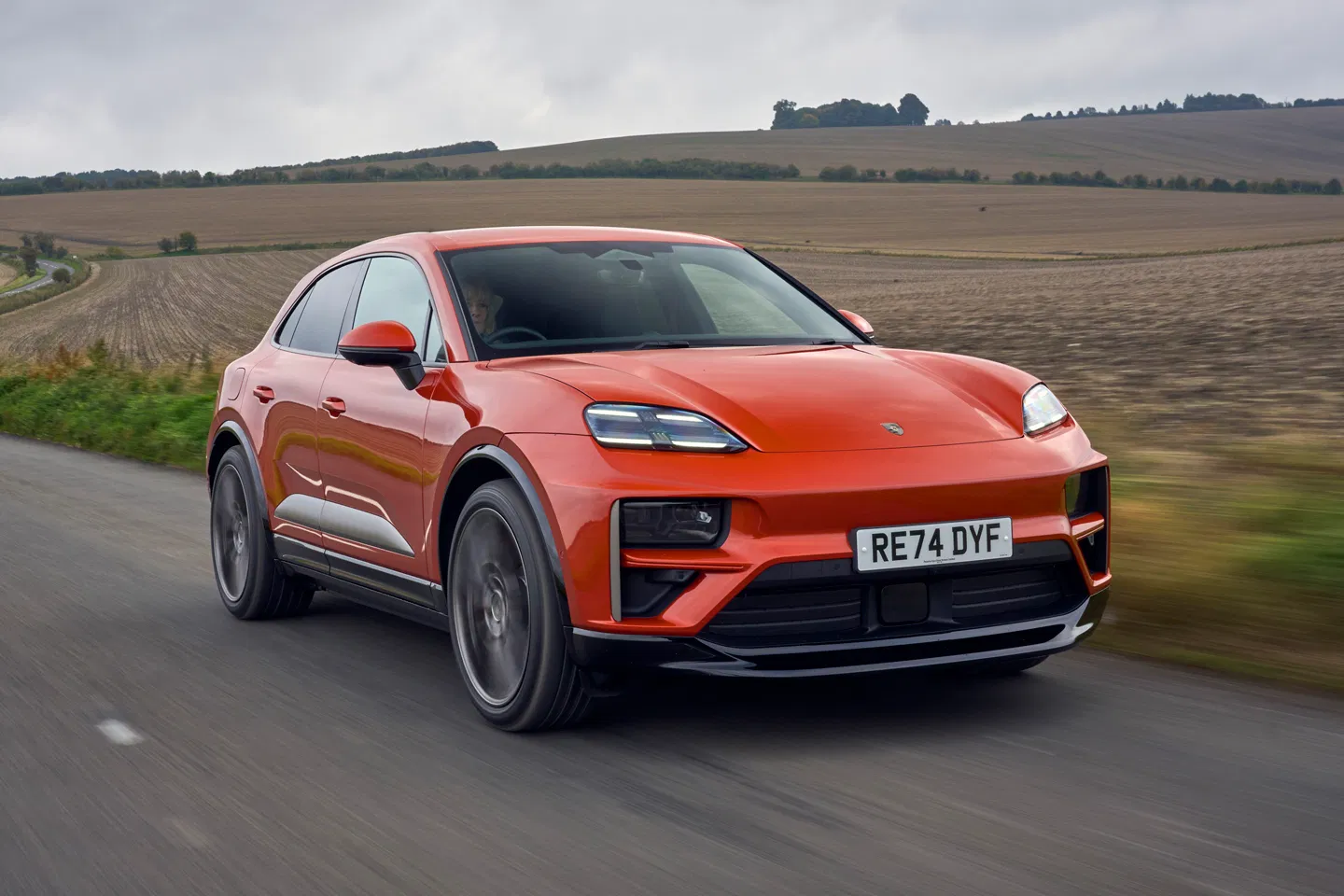Choosing the Right Vehicle
Make sure you pick the right vehicle for you.

Choosing the right vehicle is a decision that requires careful consideration.
Whether you need a family-friendly SUV, a fuel-efficient commuter car, or a durable off-road vehicle, finding the perfect car involves assessing your needs, preferences, and budget.
In this guide, we'll explore our 8 key tips to help you navigate the vehicle selection process with confidence. From determining your needs and budget to researching safety features and technology, these tips will allow you to make an informed decision on what vehicle best enhances your lifestyle and meets your driving requirements.
Let's dive in and discover how to choose the perfect vehicle.

1. Assess Your Needs & Wants
Size
Consider your daily commute, family size, and typical activities to determine your vehicle size. Whether you need ample space for suitcases, prams, golf clubs, etc, plenty of seating for passengers, or maybe you need off-road capabilities because you live on a farm.
Distance
Next, work out how many miles you're going to be doing and how often. Do you travel a lot for work or are you commuting to and from an office that is fairly local? Do you have family on the south coast who you see once a month or is everyone well within a typical vehicle range?
Features
What do you currently have on your car that you couldn't live without? Heated seats, rear-view camera, sat-nav...all of these things are key when deciding what car to go for.
Shortlist
Make a list of the deal breakers and the nice to-haves, then you can start to create a shortlist.
2. Determine Your Budget
Establish a budget, taking into account not only the upfront costs but also ongoing expenses such as fuel, insurance, and maintenance (which you could build into your lease). Without setting a clear budget, you'll end up down a rabbit hole, watching a YouTube review on a completely unsuitable car at 10 pm.
A lot of customers typically have 3 options or ideas when car shopping; the budget option, which is the cheapest car that'll do the job. The next is the realistic option, a car that isn't the cheapest but still within budget. The third is the dream option, which is the one you'd love to go for, close to budget, but probably isn't the most cost-effective.
3. Research Vehicle Types
Explore different vehicle types, such as saloons, SUVs, estates, hatchbacks. Once you've narrowed down your size requirements, you might find that a smaller car is more suitable for you, which could end up saving you some money.
Or, you might be looking for an estate because you've got a lot of kit to carry around with you, when actually, an SUV ticks all the boxes and estate does, and more. You might end up getting much better value by going for an SUV instead.

4. Fuel Efficiency & Range
Evaluate fuel efficiency to determine the long-term cost. Choose a vehicle with fuel-efficient technology that suits your driving habits to reduce your fuel expenses.
You might find that a diesel vehicle was better for you 5-6 years ago, and it still might be if you're up and down the motorway every day, but with the cost of fuel and the efficiency of new petrol vehicles, it might be better to make the switch.
In addition to that, if you are not making round trips of 200-250+ miles regularly, you'll save a fortune by going electric and having a home charger installed.
5. Review Safety Features
Be sure to evaluate safety by selecting a vehicle with advanced safety features such as airbags, anti-lock brakes, traction control, and collision avoidance systems. Most of what you see today, especially brand-new, will include the majority of this, but it is best to double-check.
You can also check crash test ratings and safety reviews, too.
6. Parking and Storage
Consider your parking situation and storage needs when choosing a vehicle's size and dimensions. Ensure the vehicle fits comfortably in your garage, drive or parking space. Nothing worse than scratching your car on your own house...I'd know.
It helps to be able to easily park it in your local supermarket car park, too.

7. Research Reliability
Reliability ratings of different vehicle models are worth assessing, too. Although all brand-new lease cars come with a full warranty, it is important to choose a vehicle known for reliability to minimise your maintenance costs.
It is also more convenient...not needing to take your car into a garage!
8. Technology and Connectivity
Technology and connectivity features can massively vary with different vehicles, such as infotainment systems, smartphone integration, navigation systems, and advanced driver assistance systems, like lane assist.
Choose a vehicle with technology that ticks every box you need it to, but if you can, choose one that enhances your driving experience. Sometimes it is the little things that make the biggest difference!

In conclusion, selecting the right vehicle for your lifestyle is a personal decision that requires careful consideration of various factors. By following the tips outlined in this guide, you can confidently navigate the vehicle selection process and find a vehicle that meets your needs, preferences, and budget.
Remember to assess your needs, consider multiple models, prioritise safety, and explore technology features to make an informed decision. With these insights, you'll be well-equipped to choose a vehicle that enhances your daily driving experience and accommodates your lifestyle for years to come.
Happy driving!
What's next?
Enjoyed this? Read our latest news

EV Myths Debunked
In this guide, we debunk the biggest EV myths so you can get the real facts and decide if an electric car is right for you!

Should You Lease or Buy an Electric Car?
This comprehensive guide breaks down the financial implications of both options, helping you understand which approach makes the most sense for your situation.
Are Electric Cars Cheaper to Lease?
Considering an electric vehicle but unsure about leasing versus buying? Our Electric Leasing Guides break down everything you need to know about EV financing options.
Customer Stories
We've helped over 1,000+ customers find their dream car, hear what they have to say.
Read more reviews“As usual, top class service. The team at Motorlet provided first class service from beginning to end with the friendly helpful expertise of Josh and Wendy. Will continue to use their services as I have done for the past six years...” Keep reading
Diane Parish | Audi Q5

New deals weekly
Subscribe to get the latest offers, guides, new, and more, straight to your inbox.


















